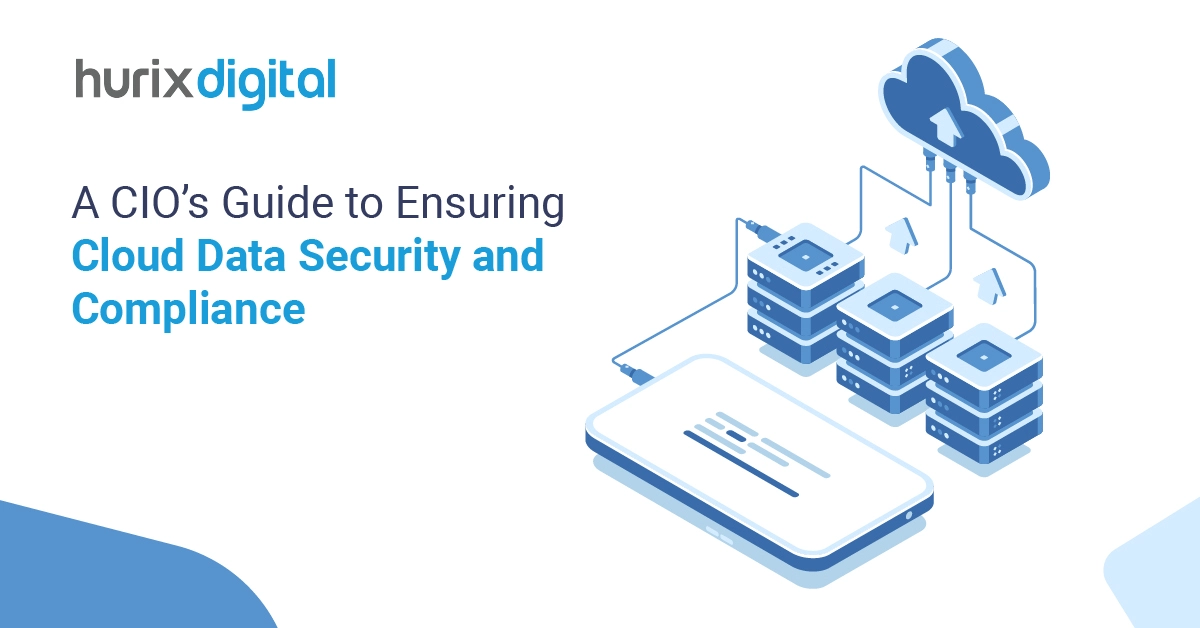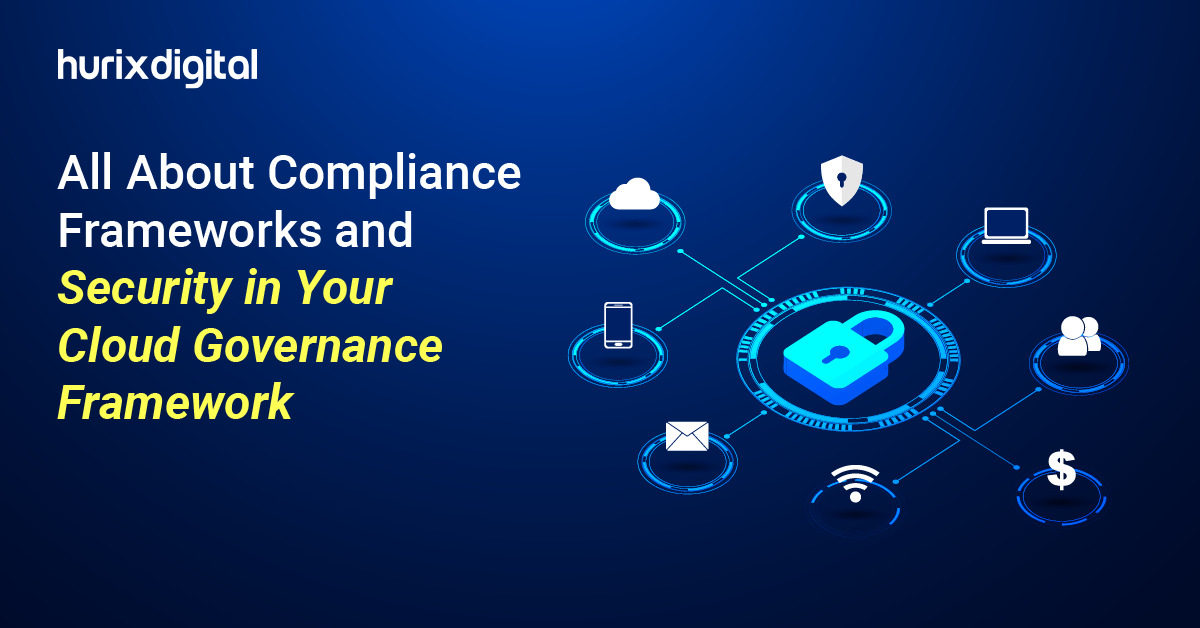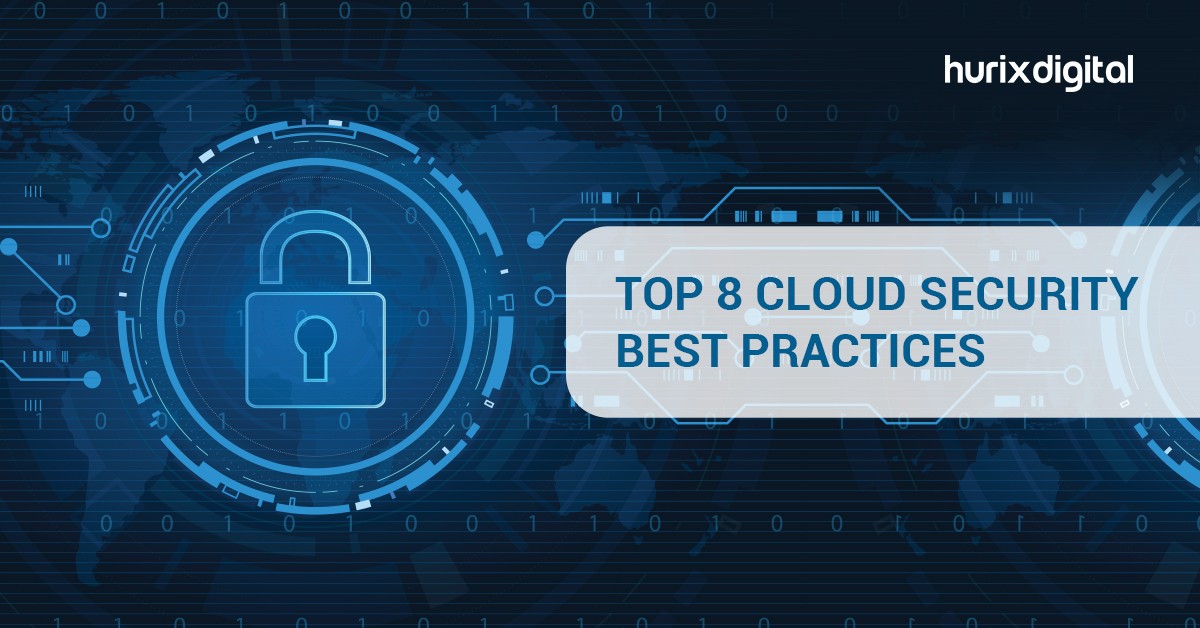
A CIO’s Guide to Ensuring Cloud Data Security and Compliance
Summary
This article discusses the challenges CIOs face regarding data security, privacy, and compliance in cloud adoption. It outlines best practices like encryption, access controls, and risk assessments to help CIOs ensure regulatory adherence and mitigate risks when migrating data to the cloud.
The ever-increasing volume of data, projected to reach 200 zettabytes by 2025, creates additional challenges.
This data explosion coincides with a worrisome rise in cyberattacks and breaches, underscoring the critical need for IT resilience. IT resilience signifies an organization’s ability to adapt, recover, and maintain operations during disruptions like cyberattacks, natural disasters, or hardware failures.
However, for CIOs, the cloud extends a new set of complexities regarding data security, privacy, and regulatory compliance. To mitigate these risks and enhance security, CIOs must prioritize adherence to established cloud security frameworks. Understanding these risks and implementing best practices can help achieve a secure and compliant cloud environment.
Read on to discover key considerations and strategies for CIOs to ensure data security and compliance in the cloud.
Table of Contents:
- Concerns in Cloud Adoption for CIOs
- The CIO’s Playbook: Optimal Strategies for Reducing Risks in Cloud Adoption
- Wrapping Up
Concerns in Cloud Adoption for CIOs
Companies heavily depend on cloud providers to protect sensitive data and applications. The cloud’s intricate nature, with multiple entryways, presents weaknesses for malicious actors. In essence, cloud-based data faces a heightened risk of cyberattacks.
Here is a closer look at these challenges:
1. Data Security Concerns
Here is a closer look at these challenges:
- Shared Responsibility Model: There are two sides to this approach. It relieves CIOs of the task of overseeing physical infrastructure, but it also raises questions about accountability. To understand the specific security measures and constraints of cloud providers, CIOs need to review their Shared Responsibility matrixes. It allows them to put in place complementary security measures like access controls and encryption to protect data in the cloud.
- Data Breaches: Cloud environments introduce new attack vectors, making data breaches a persistent threat. Encryption is paramount. If intercepted while in transit or at rest, encrypted data is rendered useless. Regular penetration tests and vulnerability assessments ensure security weaknesses are remedied before being exploited against your organization.
- Insider Threats: Discontented employees or individuals with breached credentials pose a notable danger. Multi-factor authentication, which necessitates an additional verification step in addition to the usual username and password, can enhance security further.
2. Data Privacy in the Cloud
Here are some data privacy challenges to take into account:
- Data Residency: Data privacy regulations, such as the General Data Protection Regulation, often mandate that data remain within specific geographic boundaries, which can be challenging for organizations operating internationally.
- Data Sovereignty: Data sovereignty laws dictate which entities have control over data access. Some countries restrict foreign access to citizen data. Awareness of data sovereignty regulations that impact their organization’s data helps CIOs select cloud vendors that adhere to those rules.
3. Regulatory Compliance Concerns
Here’s a snapshot of some regulatory compliance concerns:
- Adherence to Industry Regulations: CIOs must verify that the cloud provider’s infrastructure and security practices align with industry standards. Moreover, it is essential to collaborate with cloud providers with a proven history of compliance with relevant regulations.
- Data Governance: A strong data governance framework in the cloud environment guarantees data accuracy, consistency, and accountability. This framework must define clear ownership of data, categorize data based on sensitivity, and implement detailed access controls that limit data access according to user roles and duties.
Also Read: Your In-Depth Guide to Cloud-Managed Services
The CIO’s Playbook: Optimal Strategies for Reducing Risks in Cloud Adoption
Cloud adoption has demonstrably benefited security, with 94% of businesses experiencing improvements. Nevertheless, it can be difficult to navigate the numerous risks related to data security, privacy, and compliance.
To reduce these dangers and guarantee a safe and legal cloud journey, the following is a thorough explanation of CIO cloud security strategies and best practices:
1. Pre-Migration Due Diligence
Here are some practices to follow when evaluating potential cloud providers:
- Scrutinize Cloud Security Practices: Do not rely on marketing brochures. Conduct a thorough investigation into the provider’s approach to data security in the cloud. This involves assessing their security measures, incident response procedures, and penetration testing techniques. Search for accreditations such as SOC 2 and ISO 27001, which showcase dedication to strong security measures.
- Understand Compliance Certifications: Ensure the cloud provider aligns with your industry regulations. Partnering with a provider with a proven track record in cloud compliance minimizes the burden of achieving regulatory adherence.
- Track Record of Data Breaches: A history of breaches does not automatically disqualify a provider, but transparency is vital. Investigate past incidents and their response measures and implement improvements. Look for providers demonstrating a commitment to continuous improvement in cloud data protection.
2. Data Security Measures
Follow these data security measures to ensure the protection of sensitive information in the cloud:
- Encryption: Encrypt data at rest and in transit (i.e., traveling between cloud and on-premises systems) to render it unusable even if intercepted by malicious actors. Industry-standard encryption algorithms and management practices are paramount in safeguarding sensitive information.
- Granular Access Controls: Following the principle of least privilege, users should only have access to the specific information required for their job responsibilities. Utilizing cloud access controls restricts user access to sensitive data based on roles and responsibilities. Multi-factor authentication mandates a second verification step, further enhancing security.
- Constant User Activity Monitoring (UAM): There is a risk of hostile insiders. Implement UAM solutions to identify unusual user activity in the cloud environment.
- Data Loss Prevention (DLP): Utilizing DLP solutions can prevent unauthorized data exfiltration by tracking data movement and preventing the transfer of confidential information through unauthorized channels.
3. Continuous Risk Management
Here’s how CIOs can
- Embrace Cloud Security Solutions: You can strengthen your defenses with multiple cloud security solutions. Examine Cloud Security Posture Management (CSPM) solutions to continuously watch out for security configuration errors in your cloud environment. Cloud workload protection platforms, or CWPPs, offer further defense against viruses and other security risks.
- Regular Risk Assessments: The cloud threat landscape is constantly evolving. Perform routine evaluations of cloud risk management to discover and fix possible weaknesses. Moreover, penetration testing can mimic actual cyber attacks to identify vulnerabilities in your cloud security posture.
Also Read: Cloud Data Security: Best Practices for Online Applications
Wrapping Up
By prioritizing compliance and adhering to the best practices outlined in this article, CIOs can ensure their organizations meet all necessary regulatory requirements while effectively mitigating associated risks.
Beyond best practices, leveraging suitable compliance management solutions can significantly bolster your compliance efforts.
Consider Hurix Digital, a platform designed to streamline compliance management. It offers robust capabilities for modeling and capturing critical insights across your environments, release operations, and data.
This holistic view empowers proactive identification and mitigation of compliance requirements, enabling a culture of adherence within your organization.
Contact us today to learn more!

Vice President and Strategic Business Unit Head – Cloud Services
A top technology management voice on LinkedIn with 20 Years of experience in Information Technology, Cloud Services, Digital Transformation, Application Modernisation, Managed Services, IT Security Engineering and Operations Management. An avid technology Leader, Leadership Speaker, Author & Coach.







